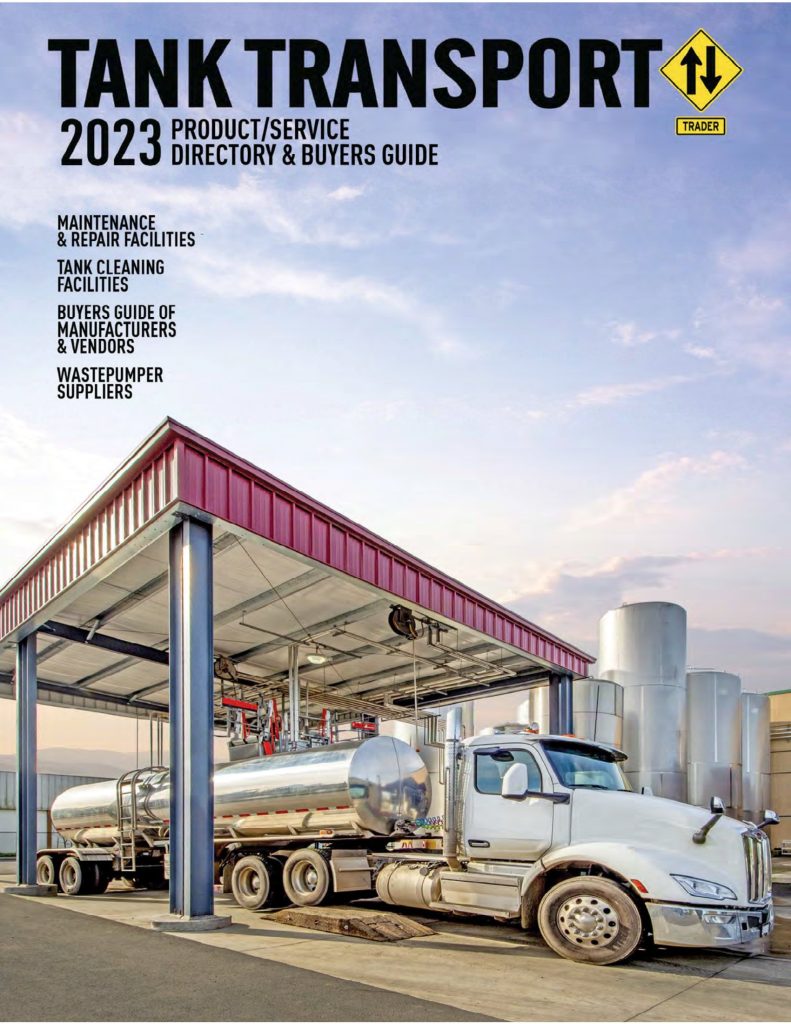Lack of chips still hindering truck plants to produce enough trucks to fulfill orders

Semiconductor shortages are still interfering with efforts by truck manufacturers to produce enough trucks to fulfill customer order commitments…
Semiconductor shortages are still interfering with efforts by truck manufacturers to produce enough trucks to fulfill customer order commitments – and truck makers may not be able to meet demand until well into next year, ACT reported in the latest release of its Commercial Vehicle Dealer Digest.
“Recent commentary from leaders in the semiconductor industry point to a more cautious outlook for longer,” said Kenny Vieth, ACT’s president and senior analyst. “ASML, a key supplier of semiconductor production equipment, recently called out a ‘significant shortage of semiconductor manufacturing capacity this year and next.’ In light of this and other industry commentary, we believe lower-for-longer chip availability is likely to restrain the industry’s ability to meet otherwise-strong customer demand.”

…truck makers may not be able to meet demand until well into next year, ACT reported in the latest release of its Commercial Vehicle Dealer Digest
The ACT commercial vehicle dealer report, which combines ACT’s proprietary analysis from a variety of industry sources, paints a comprehensive picture of trends impacting transportation and commercial vehicle markets.
The monthly report includes a high-level forecast summary, complete with transportation insights for use by commercial vehicle dealer executives, reviewing top-level considerations such as for-hire indices, freight, heavy and medium duty segments, the total U.S. trailer market, used truck sales information, and a review of the U.S. macro economy, according to ACT.
Enjoying our insights?
Subscribe to our newsletter to keep up with the latest industry trends and developments.
Stay InformedVieth noted that half the global supply of neon, which is a critical material in chip production, is concentrated in Odessa, Ukraine, where manufacturing has been shut down since February because of the run up to and eventual invasion of Ukraine by Russian forces.
“The gases that were purified in Ukraine were generated by Russian steel manufacturers. A scramble to re-source is on and inventories are limited,” he also noted.
But ACT does continue to expect higher build, despite these production challenges.
Asked why, Vieth said, “Carrier profitability is robust, and we expect any recession to be shallow and short-lived at this point, and our Class 8 models are indicating pent-up demand, as well as pre-buying potential in advance of the California Air Resources Board’s costly Clean Truck mandate.”
Used Class 8 sales volumes, average price down
Normally, when new commercial vehicle manufacturing and deliveries are constrained (as they have been for many months), used truck sales are higher. That wasn’t the case in April, when retail sales of the heaviest used trucks declined along with their average price, ACT reported May 26 in an update of another report, the State of the Industry: U.S. Classes 3-8 Used Trucks.

Used Class 8 retail volumes were 24% lower month-over-month in April. Longer term, volumes are down 40% year-over-year
Used Class 8 retail volumes (same dealer sales) were 24% lower month-over-month in April. Longer term, volumes are down 40% year-over-year, ACT also reported. Average prices were down 1% in April compared to March, but used trucks were 75% more expensive than last April. Average miles and age were up slightly from March, at plus 3% and plus 4%, respectively, with miles up 6% year-over-year and age 7% higher than last April.
“Same dealer retail sales of used Class 8 trucks took a bit of a tumble in April. While normal seasonality predicted an 8% decline, lumpy new truck sales and the lack of used truck inventory are the more likely culprits in April’s slowing,” said Steve Tam, vice president at ACT Research.
He continued, “Waning April new truck sales portend more weakness ahead in the secondary market, though March’s uptick has yet to make its way through the inventory maze. The April deficit marks the 10th straight month of shrinking year-over-year sales, which have been hamstrung by the curtailed flow of units into used truck inventory. A peek ahead at near-term expectations suggests sales are usually below average in May, then return to normal in June and July before picking up in August.”
Asked about the supply chain impact on the U.S. used truck market, Tam added,
“While the manufacturers aspire to higher new truck production and sales, which would presumably benefit the used truck market, the relief they seek on the supply chain front has proven elusive.”
About current demand, he added:
“Inflation persists in taking its toll on consumer confidence and spending. While the spot-freight markets have borne the brunt of the initial slowing, contract markets are not expected to escape unscathed. Collectively, lower demand for trucks at the same time capacity additions are still occurring are having the predicted and understandable effect of driving prices for both freight hauling and used trucks lower.”





















